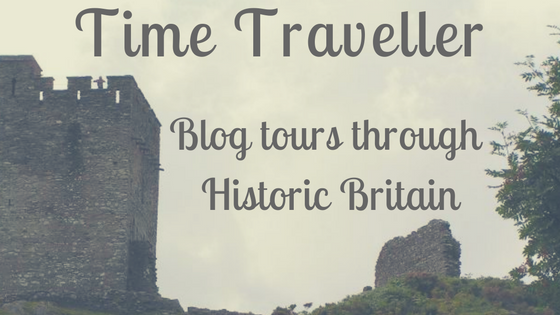This meant that for logistical and practical reasons, our holiday was centred around Wicklow (with a day jaunt to Dublin.)
But no matter - there was all the history I could want, right there.
We stayed in Arklow, where the castle is, sadly, just a ruin.
It seems likely that the castle was erected in the 1170s by the followers of Richard de Clare (known as Strongbow)
Our youngest (yes, her again!) was at the time fascinated by all things Tudor, particularly the series The Tudors, and so was delighted to learn that a lot of the programme had been filmed in this area. We set off to explore the filming locations, starting with Powerscourt. The house is no more than a shell, used instead to house artisan shops, but the gardens and grounds are magnificent.
Powerscourt was transformed from the original castle into a 68 room mansion in between 1730 and 1741. It was destroyed by fire in 1974.
Another site associated with the TV series is Kilruddery House. As soon as we arrived, we recognised the twin rectangular ponds and the hedged area where many of the characters walked when they did not wish to be overheard.
In 1539, Sir William Brabazon of Leicester secured ownership of the Abbey of St. Thomas; the monastic lands of St. Thomas’s included the lands of Kilrotheri (or Killruddery.) The house was remodelled and extended by future generations of the family, who became the Earls of Meath.
When we ventured further afield (of which more in a moment) we came across a building which was associated with one of the real-life characters who played a part in the series - Francis Bryan. He married into the Ormond family, and we were delighted to be able to visit Ormond Castle.
In this photo you can see the original castle behind the grand Tudor house. Ormond Castle was built by Thomas, the 10th Earl of Ormond in the 1560s. Closely integrated into the manor house are two 15th century towers. It is the country's only major unfortified dwelling from that turbulent period.
We visited Ormond Castle on our way back to our base, having been out to Tipperary to see the Rock of Cashel. The round tower dates from around 1100.
The Rock of Cashel was the traditional seat of the kings of Munster before the Norman invasion. The cathedral was built in the 13th century.
In Wicklow we went to Glendalough, driving through terrain which has been used for films such as Braveheart and Excalibur.
 |
| This is where the hand of the Lady of the Lake 'appeared' |
In Wales, Kevin is known as St Cwyfan, and he was a disciple of Saint Beuno. He built a Christian missionary at Aberffraw on the Ynys Môn (Anglesey)
Very near to Glendalough is the Wicklow Arms, a pub which houses a fine collection of rare and first editions of work by Irish authors, including Bram Stoker's Dracula.
We only had a week. We managed a trip to Trinity College in Dublin where I was able to see the Book of Kells.
I can't wait to go back one day and see what else Ireland has to show me.
[all photographs by and copyright of the author]









